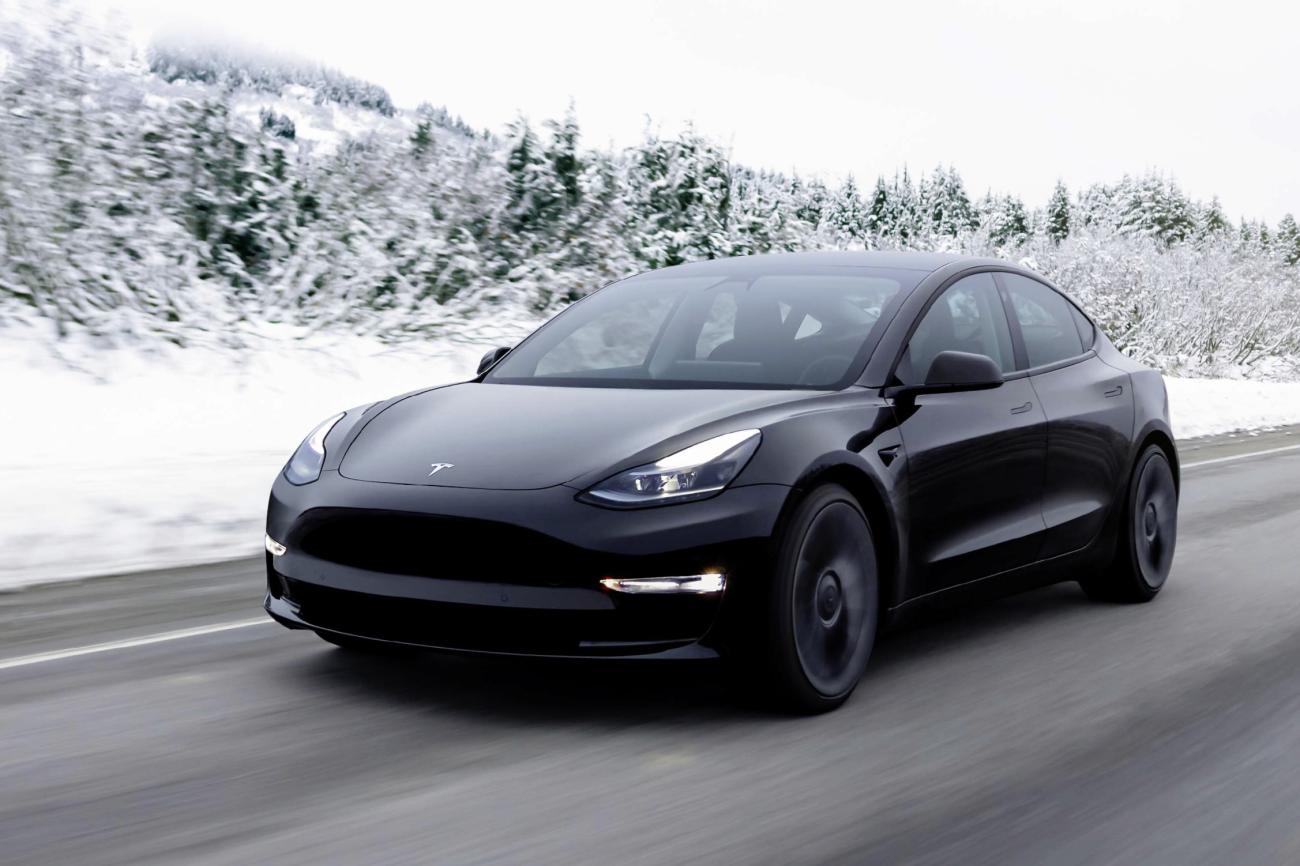Certain Tesla models (Model S and X in particular) are seeing their sales decline, which forces Panasonic to adapt and revise its battery production strategy.
While Tesla managed to stimulate its sales at the start of the year by offering lower prices, the American company is currently facing a slowdown in its production. Two vehicles in their fleet are currently affected: the Model S and the Model X. A situation which inevitably affects their component suppliers, in particular Panasonic, one of Tesla’s partners specializing in batteries. The Kadoma company must therefore adjust its production to avoid finding itself in a delicate position.
Necessary readjustments
Over the year 2023, production of electric car batteries in Panasonic’s Japanese factories fell by 60% when compared with the volumes manufactured by the company in the second half of the year. A very significant decline, mainly attributed to a sharp slowdown in production at Tesla. Indeed, the S and In the third quarter, Tesla recorded a 14% drop in S/X sales and a 7% drop in just the first nine months of the year.
Main objective: North America
This rather sensitive situation for Panasonic contrasts sharply with its North American situation. Indeed, on this side, we could say that everything works perfectly and the firm’s operations are very stable. The Tesla Gigafactory, in partnership with Panasonic, is running at full capacity to produce (among others) the 2170 cells for the Tesla Model 3 and Model Y. Local battery production, partly intensified by the 2022 American law on energy reduction. ‘inflation.
In addition to maintaining significant production thresholds in this complex, Panasonic is thinking bigger. The company plans to build a brand new battery factory in Kansas, with a total capacity of 30 GWh (gigawatt hours). This new factory will focus on the manufacturing of 2170 cells. Ultimately, Panasonic would like to see its total production capacity of batteries for electric vehicles at 200 GWh annually, by integrating new lines into their process to manufacture 4680 cells. The latter will notably equip the Tesla Semi and Cybertruck.
Due to significant market fluctuations, Panasonic is therefore reevaluating its strategies. This turnaround will also involve a diversification of its activities. Too dependent on Tesla’s production, it potentially plans to produce cells for Subaru and Mazda vehicles. To better reflect economic realities, the group has also lowered its profit forecasts for its energy sector by 15%.
Sources: InsideEEVs, Reuters

0